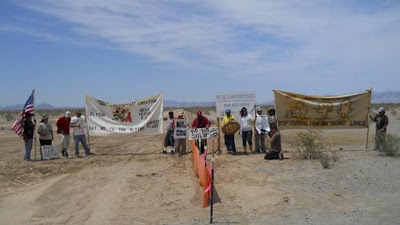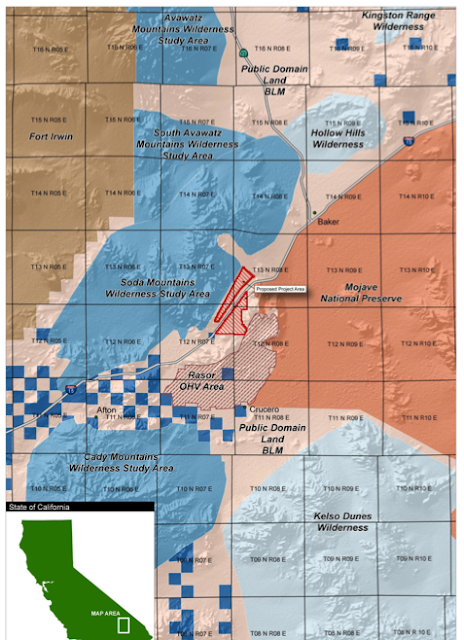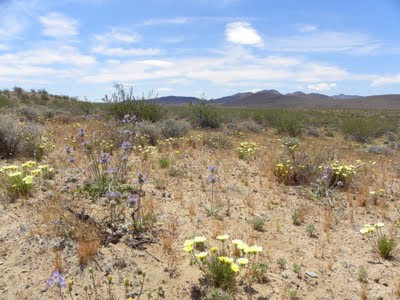Death by a Thousand Cuts: Renewable Energy Plans Imperil Desert Ecosystem
Updated information from the Bureau of Land Management depicts the enormous scale of plans to build solar and wind energy facilities on mostly pristine public land, endangering iconic species such as the desert tortoise and golden eagle, locking up prized outdoor recreation areas, and forever changing the character of California's deserts. The BLM approved a wave of applications in 2010 totaling some 40 square-miles, the most destructive of which continue to face public and legal opposition, and continues to review dozens of additional projects (sampled below) without adequately assessing the cumulative impacts of so much industrial development on desert ecosystems. Although the Department of Interior is developing the Desert Renewable Energy Conservation Plan and the Solar Programmatic Environmental Impact Statement, both plans will likely focus on maximizing industrial development with conservation functions that are unlikely to effectively counteract the ripple effects on na...





